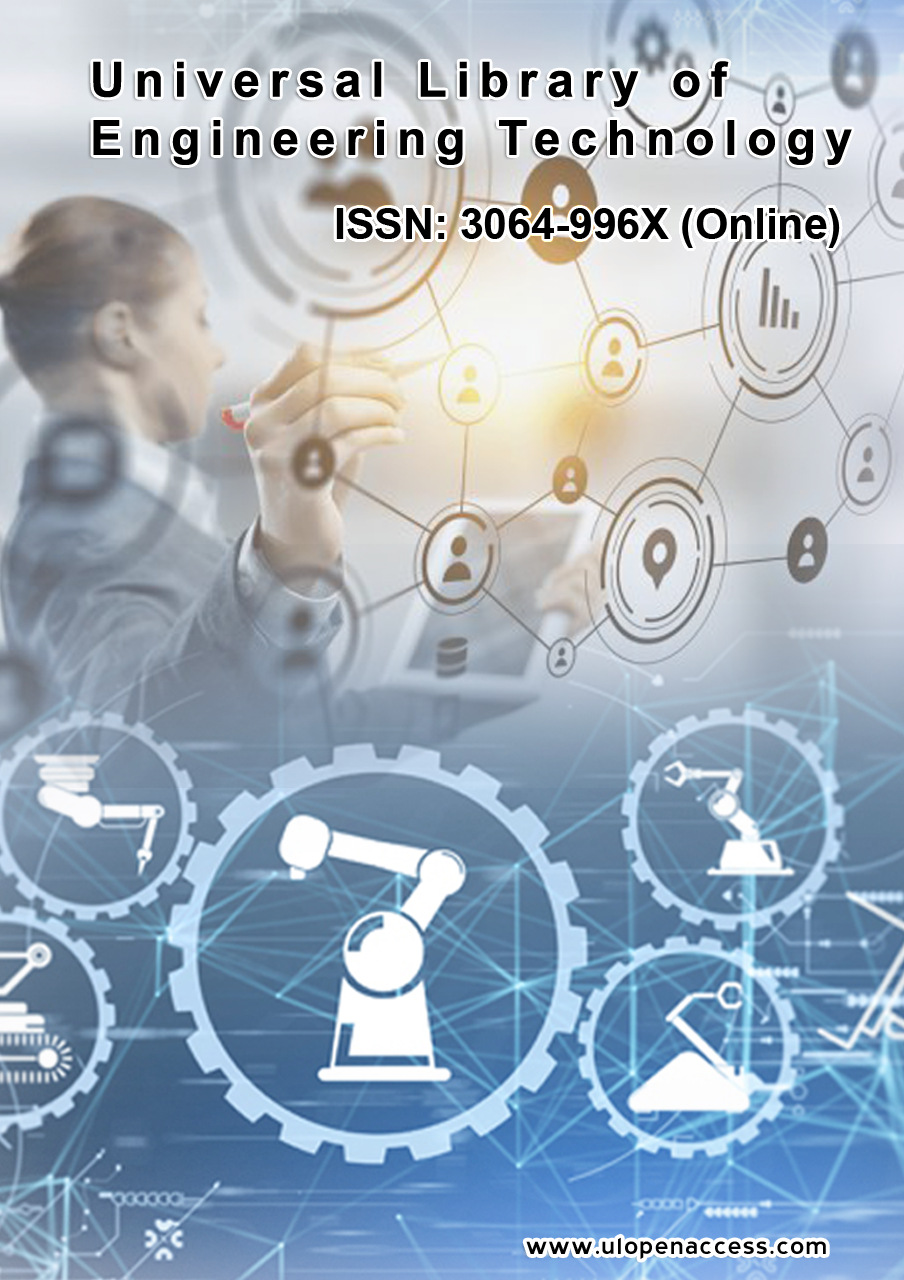Smart Ship Design: Engineering Considerations for Autonomous Maritime VesselsIgor Astrakhovych Citation: Igor Astrakhovych, "Smart Ship Design: Engineering Considerations for Autonomous Maritime Vessels", Universal Library of Engineering Technology, Volume 02, Issue 03. Copyright: This is an open access article distributed under the Creative Commons Attribution License, which permits unrestricted use, distribution, and reproduction in any medium, provided the original work is properly cited. AbstractIn this work an in-depth systemic-analytical review of the engineering solutions underlying the creation of marine autonomous surface ships (MASS) was performed. Under the conditions of a radical transformation of the shipping sector driven by the aspiration to increase operational efficiency, strengthen safety measures and minimize environmental impact, the autonomous control platform emerges as one of the key vectors for industry development. The primary objective of the study — to systematize and critically evaluate the technological barriers and design approaches affecting the performance and reliability of MASS. The methodological foundation is represented by a thorough analysis of contemporary publications in four main areas: sensor suite architecture, dynamic motion control methods, ensuring cyber resilience and implementation of the digital twin concept. As a result, the most complex intersection points between ship subsystems have been identified, primarily between situational awareness modules and cyber threat protection mechanisms. The necessity of moving away from fragmented, component-based design approaches in favor of holistic, end-to-end integration is demonstrated: cyber security must be embedded at the platform architecture level rather than added upon completion of development. In conclusion a conceptual model of the digital twin lifecycle is proposed, providing for continuous adaptation and calibration of its constituents during operation. The presented results can be applied in engineering and design bureaus, among marine robotics specialists, and in the activities of regulators when developing standards and regulations in the field of autonomous shipping. Keywords: Autonomous Vessels, Maritime Autonomous Surface Ships (MASS), Intelligent Design, Marine Robotics, Situational Awareness, Cybersecurity, Digital Twin, Autonomous Navigation, Engineering Considerations, Integrated Design. Download |
|---|

